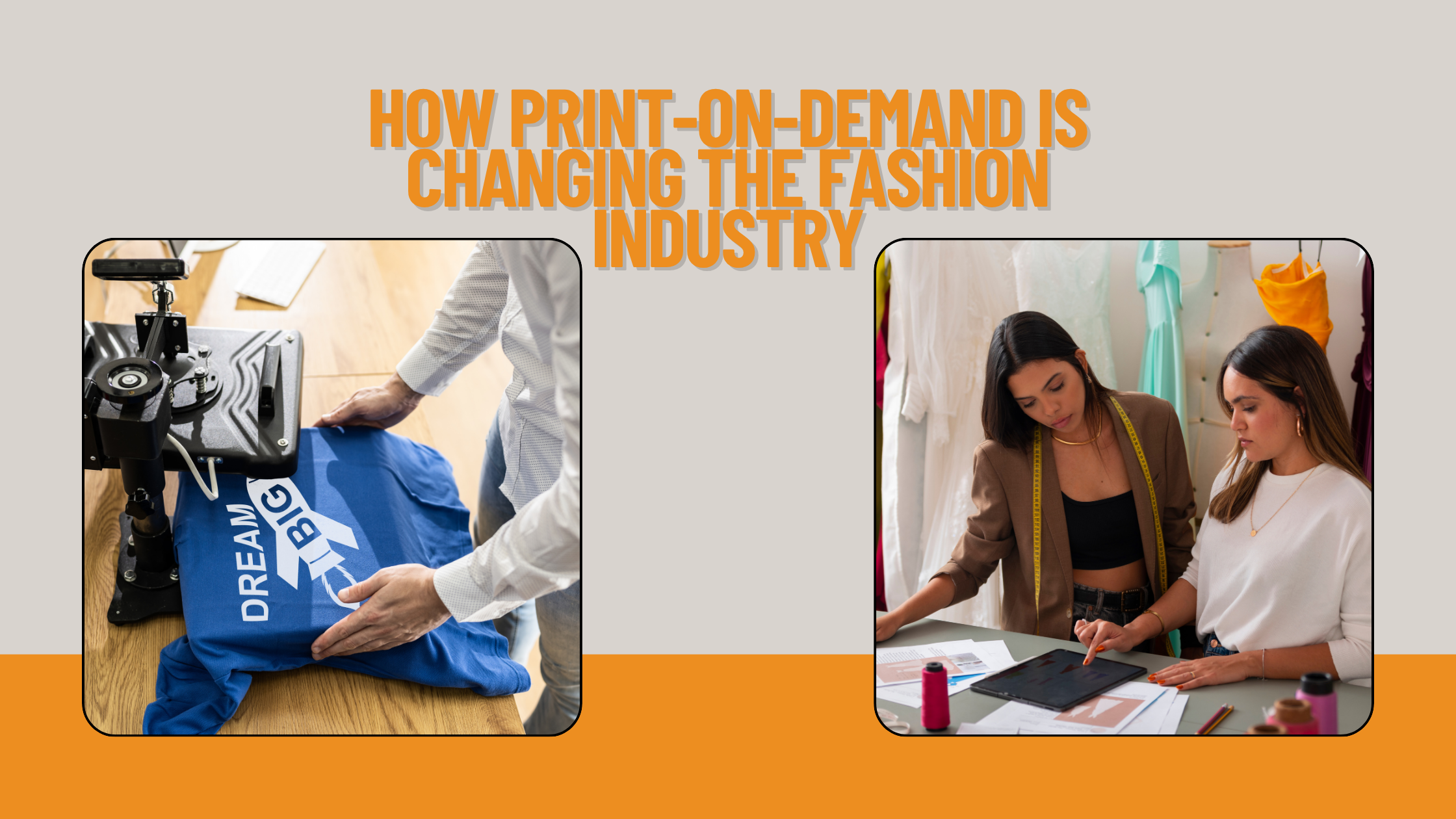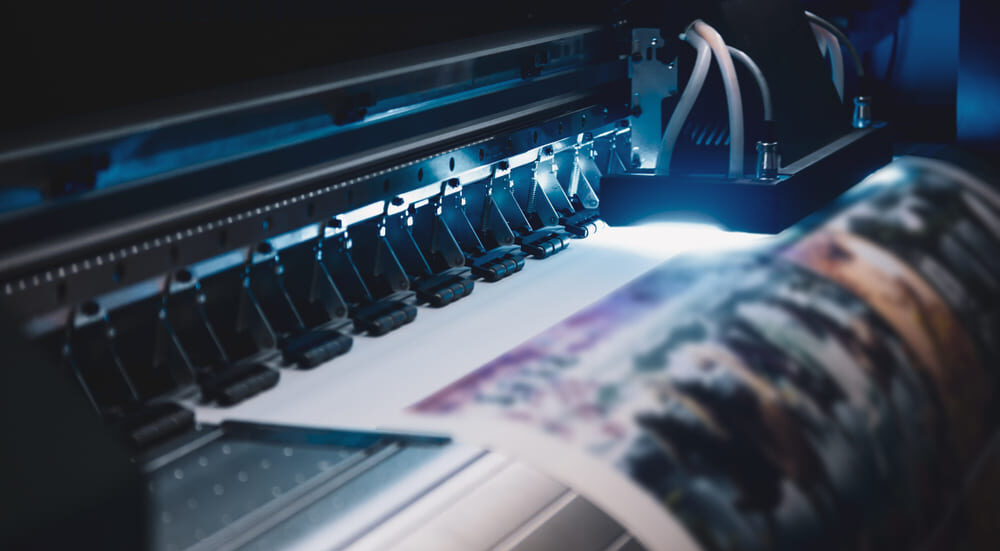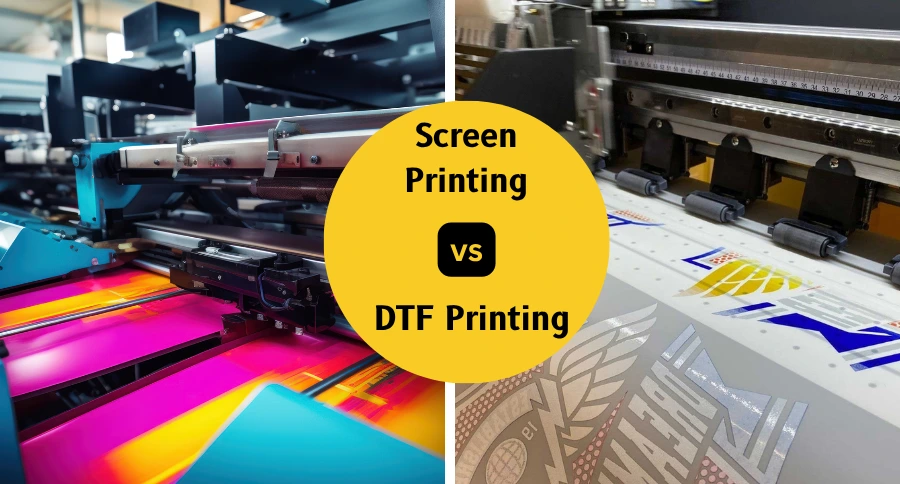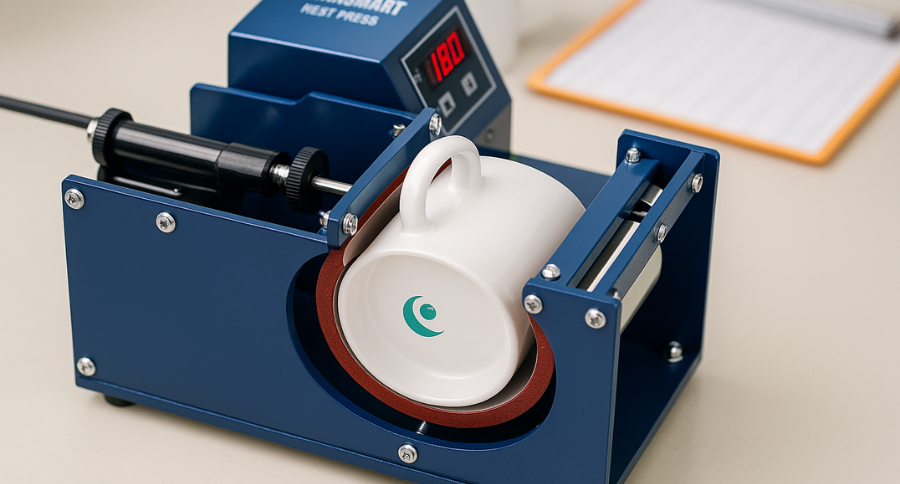Introduction
The fashion industry is constantly evolving, but one of the most significant changes in 2025 is happening behind the scenes: print-on-demand (POD). This model allows businesses to create apparel and accessories only after a customer places an order.
Unlike traditional fashion, which relies on bulk production, POD reduces upfront costs, eliminates the need for warehouses, and minimizes waste. For designers, startups, and even established brands, this means more flexibility, creativity, and freedom to experiment.
In this blog, we’ll explore how print-on-demand is transforming fashion, its impact on sustainability, how businesses are leveraging it, and why adopting POD now can future-proof your brand.
How POD is Redefining Fashion
Traditional fashion has several challenges: forecasting trends, producing thousands of items, and managing unsold inventory. Misjudging demand can lead to massive losses.
Print-on-demand flips this model on its head:
- Produce only what sells: No bulk orders or unsold stock.
- Lower risk: Experiment with designs without financial pressure.
- Faster market testing: Launch multiple designs simultaneously and see what resonates with customers.
For example, small creators on platforms like Etsy and Shopify have used POD to scale from a few custom t-shirts to a six-figure business within months. They test designs on niche audiences and expand successful ones.
The Rise of Customization
Modern consumers value uniqueness. POD allows brands to cater to this desire by offering:
- Personalized t-shirts, hoodies, and caps.
- Limited-edition collections for special events or holidays.
- Seasonal or trend-driven designs that can be updated weekly.
Customization doesn’t just increase sales—it builds loyalty. Customers are more likely to return when they can express their personality through your products.
Sustainability Advantages
Sustainability is a top concern for consumers in 2025. The fashion industry is notorious for overproduction and textile waste. POD reduces waste because:
- Items are produced only when ordered.
- Returns and unsold stock are minimized.
- Brands can use eco-friendly fabrics such as organic cotton, recycled polyester, or bamboo blends.
A growing number of POD brands highlight these eco-friendly practices in their marketing. Customers respond positively, and this approach strengthens brand trust.
Printing Technologies in POD
To deliver quality and variety, POD relies on multiple printing methods. Each has unique advantages:
- Screen Printing: Ideal for vibrant, durable designs in bulk orders.
- DTF Printing: Perfect for detailed designs and flexible fabric compatibility.
- Sublimation Printing: Offers all-over prints and full-color customization.
- Mug Printing: Expands POD beyond apparel into lifestyle products.
- Embroidery Printing: Adds premium texture to caps, jackets, and polos.
Brands that mix these methods can diversify their product line while keeping quality high.
Case Studies of Successful POD Businesses
- Gymshark: Started as a small fitness apparel brand, testing designs with a niche audience. Leveraging POD-like production allowed them to scale globally without overstock issues.
- Etsy Creators: Many small stores sell custom t-shirts, mugs, and tote bags. By analyzing customer behavior, they pivot designs rapidly, scaling their store while keeping costs low.
- Influencer Merch: Social media influencers increasingly use POD to launch branded merchandise. They can produce limited runs, test demand, and avoid inventory headaches.
These examples prove that POD is not just a trend—it’s a viable, scalable business model.
Latest Trends in Print-on-Demand
The POD industry is evolving rapidly. Key trends in 2025 include:
- AI-assisted design tools: Helping creators generate and test designs quickly.
- Expanded product lines: Including phone cases, backpacks, and drinkware to diversify revenue.
- Direct-to-consumer focus: Integrating POD with e-commerce stores for seamless sales.
- Sustainable fabrics and packaging: Meeting customer demand for eco-friendly products.
- Community-driven collections: Brands involve customers in choosing designs or creating collaborative campaigns.
Staying ahead of these trends can give your brand a competitive advantage.
How POD Benefits Small and Large Brands
For startups:
- Lower upfront costs make it easier to enter the market.
- Experimentation is low-risk, helping identify profitable niches.
For established brands:
- POD allows limited-edition drops or collaborations without overproduction.
- Seasonal items can be launched quickly to meet demand spikes.
In both cases, POD encourages innovation and agility.
Challenges to Consider
While POD offers many benefits, there are challenges:
- Profit margins: Some POD items cost more per unit than bulk-produced goods.
- Shipping times: Customers expect fast delivery; delays can affect brand perception.
- Design saturation: Popular niches may have high competition, requiring strong branding and marketing.
Addressing these issues through smart pricing, reliable fulfillment partners, and standout branding is key to success.
Conclusion
Print-on-demand is transforming the fashion industry by giving brands the freedom to innovate, reduce waste, and meet customer demand quickly. Whether you’re a startup or an established label, POD offers low-risk experimentation and scalability.
Actionable Takeaways:
- Start small and test unique designs.
- Use social media to gather customer feedback quickly.
- Combine multiple printing methods for quality and variety.
- Highlight eco-friendly practices to attract conscious consumers.
- Plan limited editions or collaborations to increase urgency and engagement.
POD is more than a production method—it’s a strategic tool for growth in a competitive market. Brands that adopt it now can stay ahead of trends, scale efficiently, and build loyal customers.






